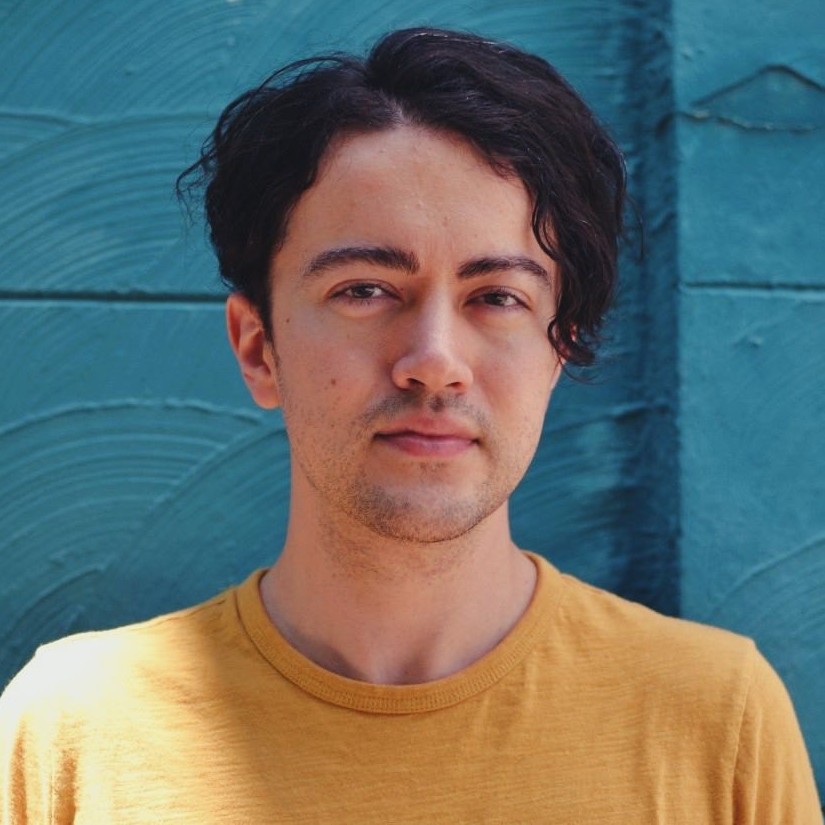The heterogeneous approaches to the work of Mario Montalbetti (El Callao, Perú, 1953) that make up this dossier have at least two things in common: they are all products of long-term readership of the varied offerings—essays, poems, essay/poems—that the author has given us at different stages of his life, and they all include a multitude of possibilities, constructing on this basis inquiries into language and its connection to poetry. These two traits are the supporting pillars of this journey through and homage to the thought and writing of an author who systematically disrupts the ways his readers consider language, the poem, the verse, and reality itself. In his text “This is the man’s house. This is not the man’s house,” José Ignacio Padilla explores the poem’s relationship with sense and the sign in Montalbetti’s work, highlighting the link between the discrepancy within language and energy as a current between words, within a poetics that brims over the limits of the linguistic sign. This overflow is also one of the entry points that Jairo Rojas and Corina Maruzza employ in “On Behalf of Language: Concerning Mario Montalbetti’s Cajas.” Here, the authors trace the echoes of Charles S. Pierce behind the ruptures of the communicative thread put forth in this book, which is, furthermore, one of Mario Montalbetti’s first forays into the tension between essay and poem. On the other side of this line, in “Three Notes to Think about the Poems of Mario Montalbetti,” Tania Favela lays out possible routes by which to read Montalbetti, incorporating Zen thought, humor, and the texture of writing as action and thought. This conglomeration reveals the various ramifications and channels that stem from a body of work in constant expansion. The interview that accompanies these texts, titled “The poet writes, and that produces thought,” returns to a conversation we began in 2012, in the city of Lima, which has been extended and updated over the years. Montalbetti’s relationship with linguistics and with writing, his turning points, and the difference between tongue and language are a few of the key points of this dialogue. These texts, which come from Spain, Mexico, Argentina, and the United States, speak to the multiple coordinates addressed in Mario Montalbetti’s work, and to the varied bonds of reading, interlocution, questioning, and debate it maintains with the contemporary world. I thank the authors, as well as visual artist and poet Luis Verdejo, whose work is a natural accompaniment to the textures of these dialogues.
Welcome.
Translated by Arthur Malcolm Dixon.



